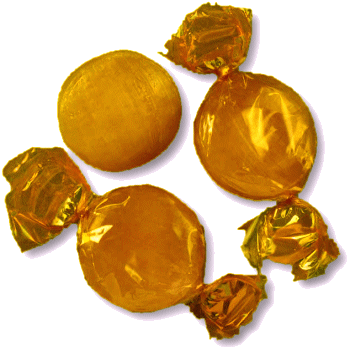
Capercaillie Lekking Season
May 7
Other Scottish Country Dances for this Day
Today's Musings, History & Folklore
"The Capercaillie
Most delightful wood grouse
Striding so graceful"
~ The Capercaillie, James Fraser, 2009
A beautiful poem for a strikingly beautiful but crazy bird who will attack anything during during courtship season. Derived from the Gaelic "capull coille", meaning "horse of the woods," Capercailles are known for their distinctive plumage and the male's unusual courtship display in which it fans the tail and makes an extraordinary succession of sounds - a behaviour called "lekking." The weird noises sound like coughs and bottle corks popping. Although they became extinct in Scotland in the 18th Century, they were reintroduced again 100 years later and successfully recolonised to a degree, though they are still threatened. Amongst their typical diet of insects, buds, leaves, and grasses, they favorite food is bilberries/blaeberries!
Capercaillie
Also known as the Wood Grouse or Heather Cock, The Capercaillie (Tetrao urogallus) is the largest of the grouse family whose population was exterminated in Scotland between 1770-1785. It was reintroduced during the nineteenth century but it is still at great risk.
Also spelt Capercailzie, this species' name is derived from the Gaelic "capull coille", meaning "horse of the woods".
Today all the capercaillie in Scotland originate from Swedish stock, as they became extinct in Scotland in 1785. Prior to its extinction, it was once common and widespread, but as the forests were felled it became rare until the last pair were shot, reputedly for a royal wedding banquet at Balmoral. Unsuccessful attempts were made to reintroduce the capercaillie for sport by the Earl of Fife at Mar Lodge early in the nineteenth century. In 1837, however, capercaillie were successfully reintroduced by Lord Breadalbane at Taymouth Castle and they rapidly recolonised the local pinewoods. Soon other reintroductions were made in various pinewood localities in Scotland, using descendants of the original Taymouth introductees, combined with additional capercaillie brought from Scandinavia.
Unfortunately today capercaillie in Soctland are once again facing a crisis. Recent figures from the RSPB/Scottish Natural Heritage joint survey indicate that Scottish capercaillie numbers have declined to around 1,000 individuals, a halving of the population in the last five years, due to habitat encroachment, predators, and competition from sheep and deer for their favorite food, bilberries/blaeberries.
For inspiration for this dance, click the Capercaillie chicks to see the dance of the adult capercaillie. Vocalisations during the dance are optional.
Click the dance cribs or description below to link to a printable version of the dance!






